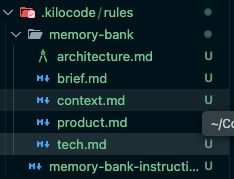JPMorgan Chase: USDC outperforms USDT in on-chain activity and market capitalization growth.
PANews reported on October 31st, citing The Block, that JPMorgan analysts stated that Circle's stablecoin USDC has surpassed Tether's USDT in on-chain activity and market capitalization growth, driven by a clearer regulatory framework and increased institutional adoption. USDC's market capitalization has risen from approximately $43 billion in January to approximately $74 billion today, an increase of 72%, far exceeding USDT's 32% growth rate during the same period. This reflects a market shift towards stablecoins that prioritize transparency. USDC's transparent reserve management and regular audits have earned it institutional trust, and its adherence to frameworks such as the Crypto Asset Markets Regulation (MiCA) has made it a preferred stablecoin for financial institutions. The MiCA regulations, which will take effect in July 2024, have accelerated the divergence in the velocity of circulation between the two stablecoins. USDC's velocity of circulation and on-chain activity have increased, further boosted by the Genius Act. USDT, lacking MiCA authorization, has been delisted, while USDC's growth is driven by its increased integration with payment networks, its presence on chains like Solana, and cross-chain transfer protocols. The emerging competition is likely to be a zero-sum game; unless the entire crypto market expands significantly, US stablecoin issuers will primarily be vying for market share.
You May Also Like
Best Crypto to Buy Now: Can DeepSnitch AI Do 100x in 2025?

Aster adjusts S3 buyback and airdrop mechanism: 50% buyback and destruction, 50% return and lock airdrop address.
